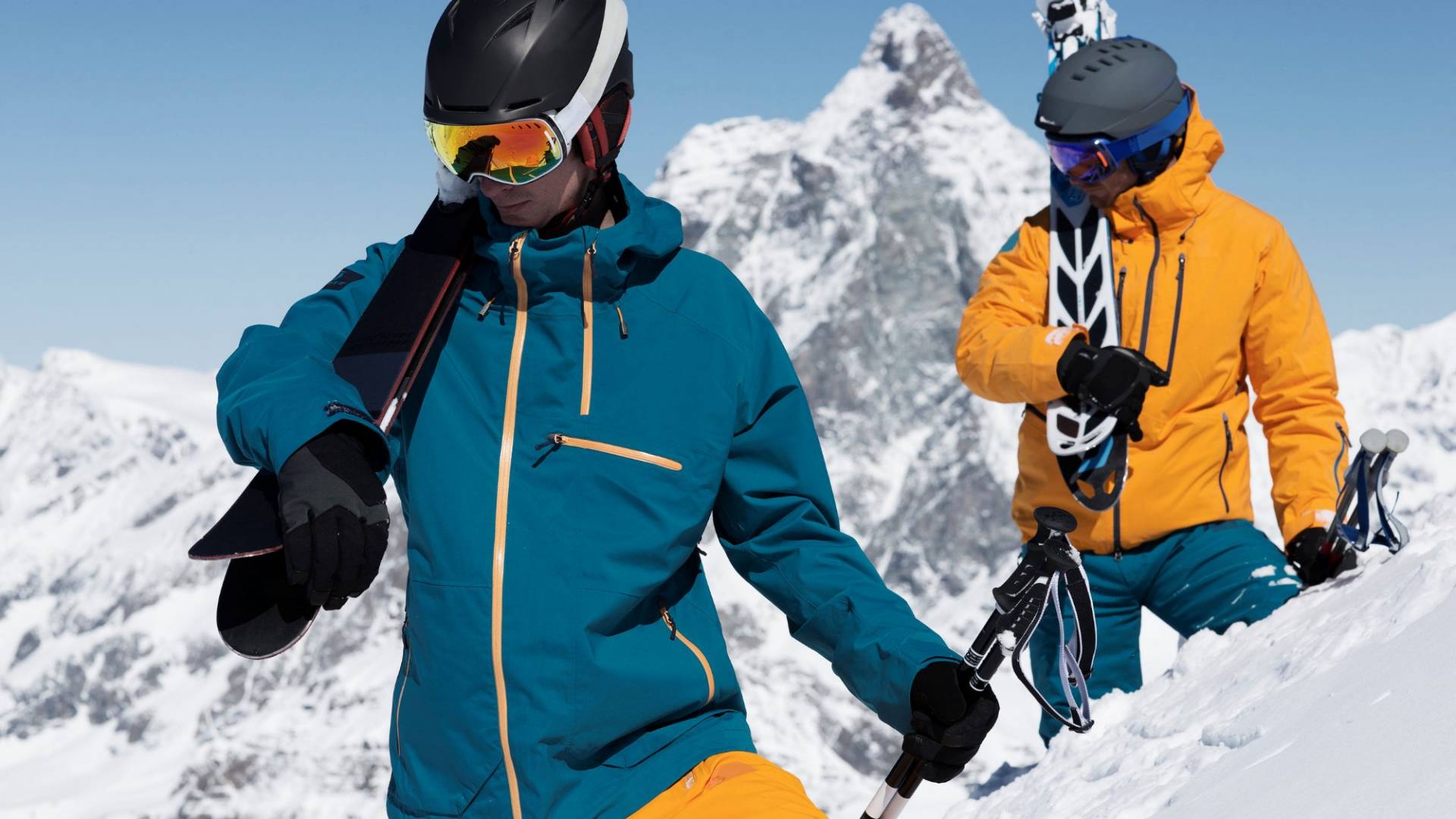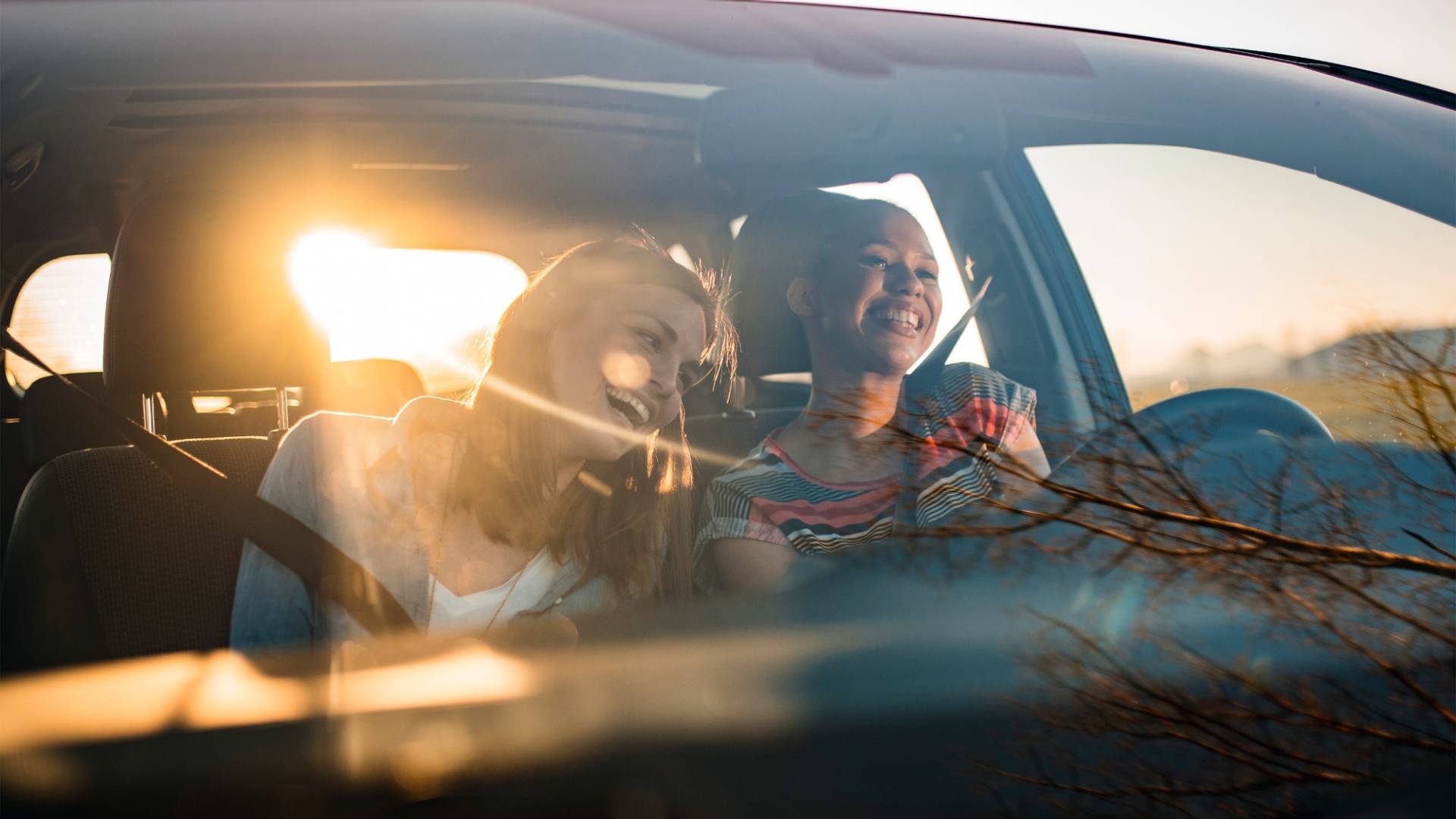-
Skiing: How to reduce the risk of injury if you fall
16.01.2020 | Mirjam Arnold50 cm of fresh snow, icy temperatures and a blue sky – perfect conditions for a fantastic day on the slopes. But skiing is not without dangers: many injuries are due to falls. We can show you how to reduce the risk of more serious injuries before and during a fall.

Skiing: How to reduce the risk of injury if you fall

Over a quarter of Swiss people take part in winter sports. But outdoor sport is not without dangers: every year over 33,000 snow enthusiasts injure themselves, mainly through falling. The most frequent injuries are to the head or knee or due to bruising of the torso, and these can result in an inability to work and loss of income.
You can learn the right way to fall
There are many reasons why people fall. Fear, over-confidence, lack of equipment (e.g. poorly fastened bindings) or icy patches on the slopes are a few examples. Many injuries can be avoided with just a few precautions:
1. Correct preparation
Take your equipment to be serviced in good time to check that it is ready for the new season. Wear protective clothing (e.g. a helmet and back guard) on the slopes to prevent serious injuries. Warm up before your first run to get your locomotor system ready for the physical strain.
2. Behaviour on the slopes
Adapt your speed to the weather and piste conditions as well as to your own ability so as not to endanger yourself or other snow sport participants. Note the FIS safety rules.
3. Letting yourself fall
If you approach another skier and a collision appears inevitable, allow yourself to fall to the side towards the slope. Landing in the snow is usually more pleasant than colliding with another person.
4. During the fall
Try to keep your eyes open during the fall. If you can see your surroundings there is less chance of your involving other people on the slopes. Try to extend your arms and legs as well so that the tips of your skis and your poles do not pose an additional danger.
5. First slide, then stand up
If you slide down the slope after falling you can claw into the snow to reduce your speed. Point your legs downhill to break the fall. Do not stand up while sliding as you risk injuring your knees. As soon as you stop sliding, try to stand up as quickly as possible or move to the edge of the piste. Call for help if necessary.
Give first aid
Anyone who observes a bad fall on the piste is obliged to help. Mark and secure the accident site by shaping an «X» with ski poles and placing them above the accident site on the piste. Check the condition of the person who fell. Does he/she react when spoken to? You should not remove the person’s helmet (unless he/she is unable to breathe) as his/her spinal column may be injured. Call for help and provide first aid as far as possible.
Accident insurance for individuals
The economic consequences of an accident can hit hard despite the legal safety net – particularly as the social insurance schemes are not able to cover all individual requirements. Helvetia accident insurance completes the puzzle and provides you with comprehensive complete cover. More information









